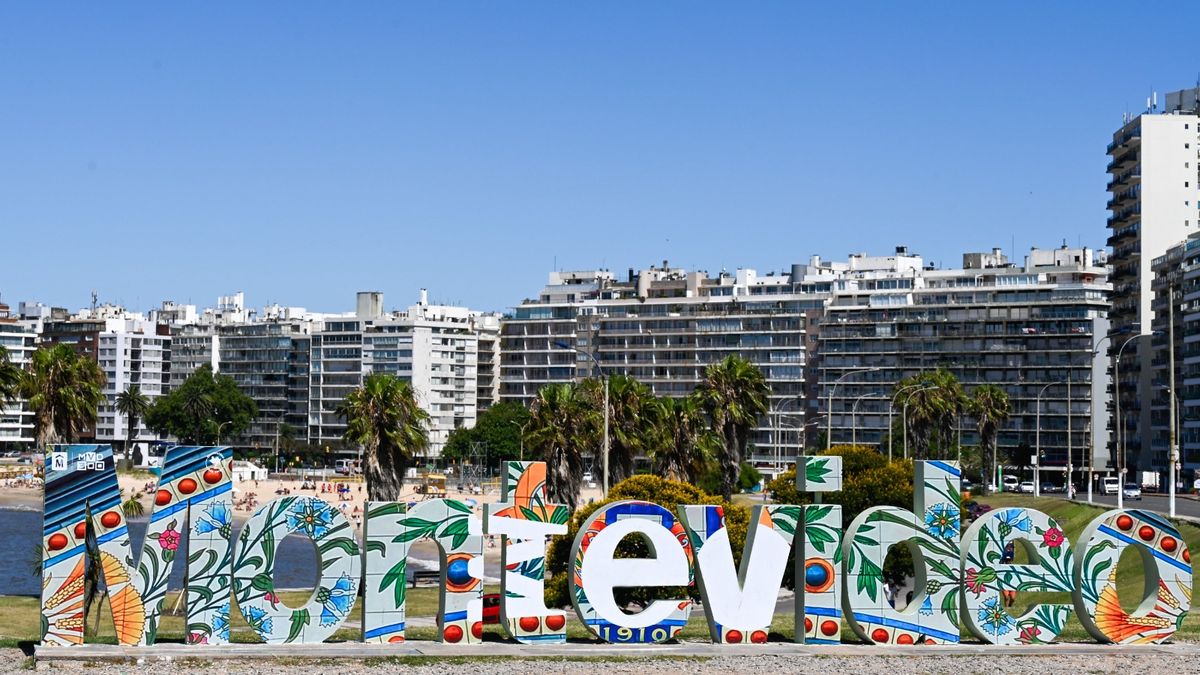Montevideo It is one of the most expensive cities to live in. South America, but it is still an attractive destination for people from other countries who are looking for greater or better opportunities to develop their professional careers. For this reason, the company specialized in Human Resources Randstad conducted a comparative survey between the Uruguayan capital, Buenos Aires and Santiago de Chileto determine the particularities of each city in terms of work and housing expenses.
The study was carried out based on the average income in each country, and comparing what percentage of that income each specific expense represents. In that sense, the first thing was to determine that income: Uruguay, the median gross remuneration In the formal private sector it is around 58,075 pesos; in Argentina, It is estimated at 786,667 Argentine pesos; and in Chili reaches 625,000 Chilean pesos gross.
Each country also sets the minimum remuneration that governs by law. Minimum salary, vital and movil in Uruguay is 22,268 pesos; on the other side of the Silver river It is 254,231 Argentine pesos; and in the trans-Andean country it is 500,000 Chilean pesos.
Cost of living indicators
The Randstad study investigates, based on this base data, the costs of some products and services “that serve as a reference to have a basic idea of the cost of living ” in the three cities studied.
“The first factor identified, and the one with the greatest relative weight, is that of the living place”, the report points out. In this sense, the rental of a two-room apartment in a mid-range area Montevideo It ranges from 35,000 pesos, which represents 60% of the average gross salary of a formal worker in Uruguay. Meanwhile, in Buenos Aires —under the same conditions— the percentage occupied by housing expenses is 53%, while in Santiago it rises to 64% of the average gross salary.
As for the cost of the Internet connection —considering its importance in today’s life and in many jobs—, a 500MB fiber optic connectivity subscription was considered. This service, in Uruguay, Part of the cost is 1,958 pesos, or 3.37% of the average salary in the country. In Argentina, it represents a cost of 3.41% of the average gross salary, and in Chile, 2.40%.
If you consider the value of the technology, “another crucial factor that impacts personal economy,” in Uruguay A top-brand notebook with an i3 processor, 8GB of RAM and a 256GB solid-state drive can be purchased for 35,362 pesos, according to the Randstad report; that is, 61% of the average gross salary. In contrast, in the neighboring country the weight of this cost rises to 117%, while on the other side of the Andes it is 48%.
On the other hand, the talent management company was inspired by the Big Mac Index prepared by the British magazine The Economist to compare the values of the basic basket and the price of food. In this sense, it was revealed that a combo of the famous hamburger in Montevideo can be obtained for 515 pesos, 0.89% of the average gross salary; when in Buenos Aires It is obtained for 1.21% of the salary and in Santiago, for 1.23%.
Finally, the last concept contemplated within the general cost of living is that of mobility, where he fuel cost strongly influences price formation. Thus, in Montevideo A liter of super gasoline is sold at 77.54 pesos, which represents 0.13% of the average gross income. In Buenos Aires, meanwhile, the weight of this product in the total salary is 0.12%; while in Santiago de Chile it is 0.22%.
Source: Ambito




